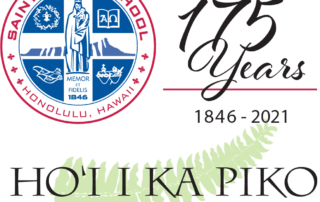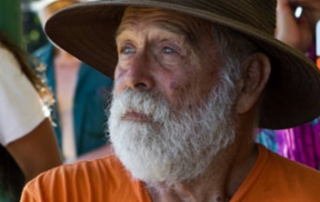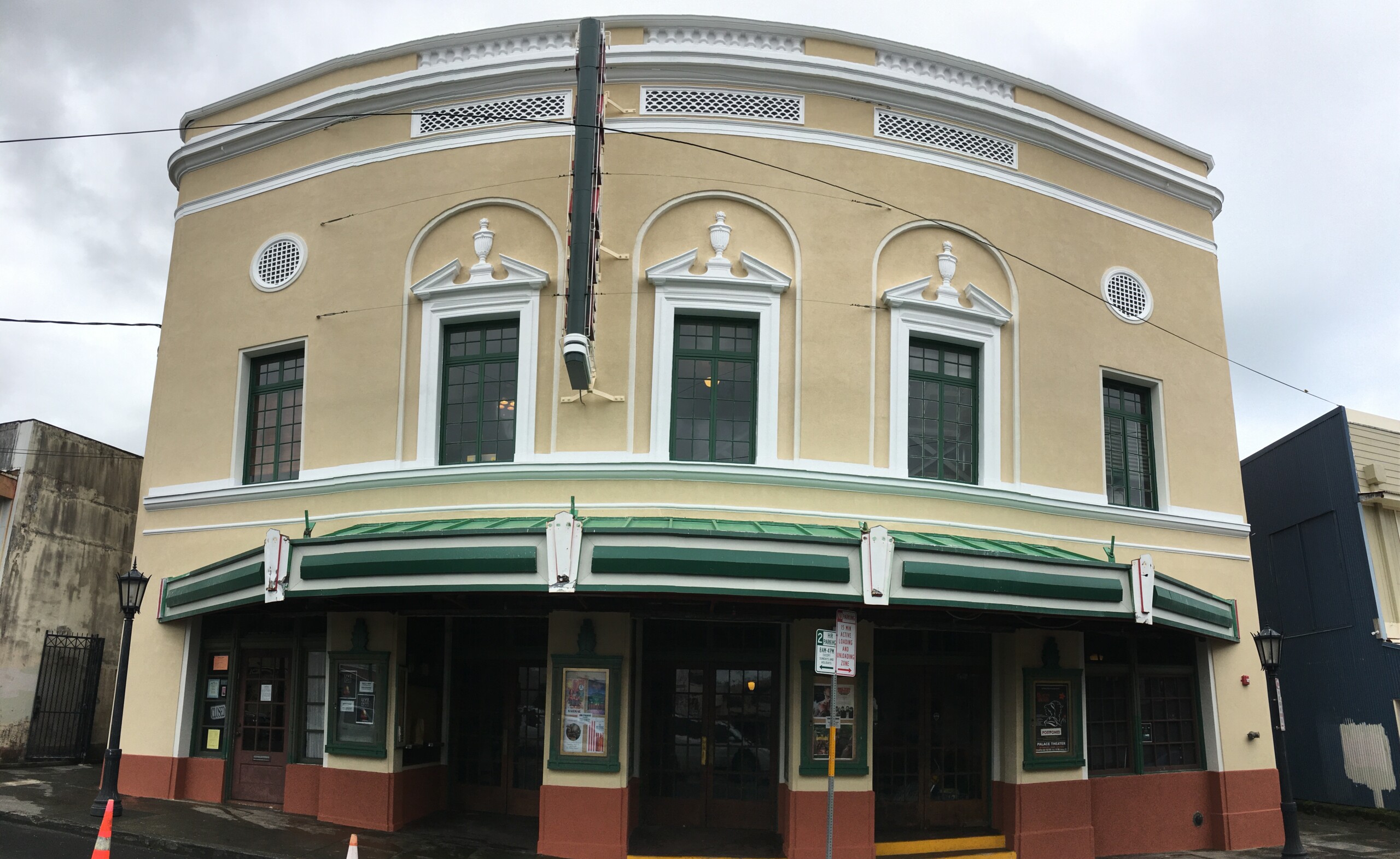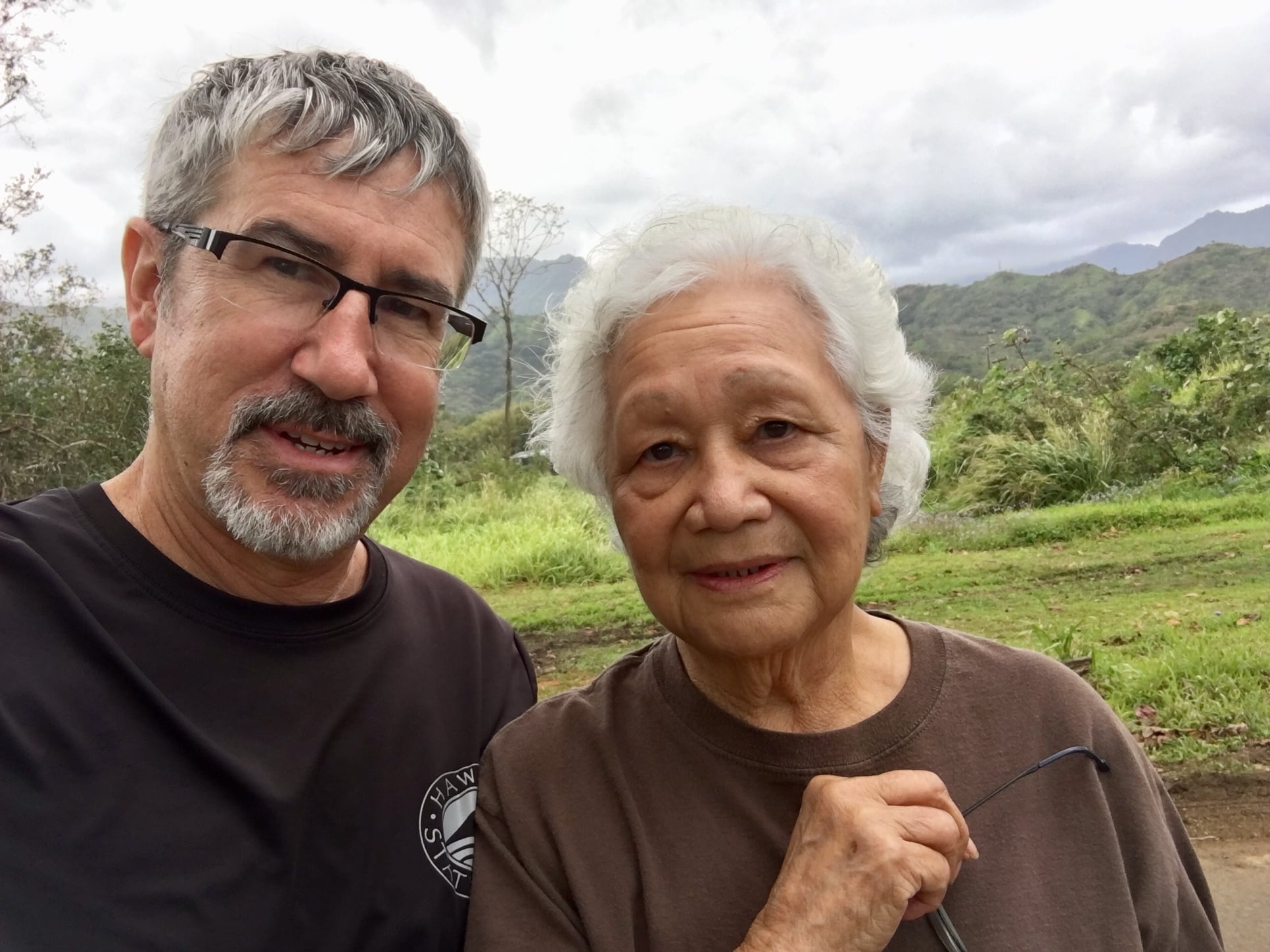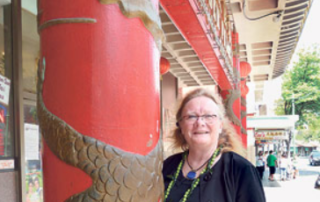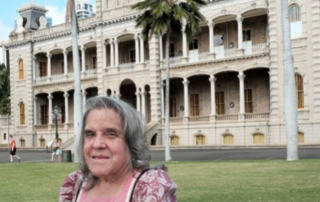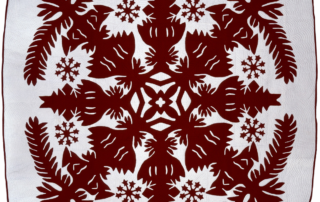Saint Louis School Reaches its 175th Anniversary
While it may not be the oldest in the islands, Saint Louis School can lay claim to being the most well-traveled and often-named one. By David Choo, guest contributor Saint Louis School, founded in 1846 as the College of Ahuimanu, was built on property on the Windward side of O‘ahu that was granted by King Kamehameha III to the Fathers of the Sacred Hearts of Jesus and Mary. One of the school’s most notable students was Jozef de Veuster, a 24-year old Belgian who arrived in Hawai‘i in March of 1864 determined to become a priest. Jozef would spend only a few months at the college, ordained at the Cathedral of Our Lady of Peace in downtown Honolulu in May of that year and known thereafter as Father Damien. College of A‘ala courtesy: Images of Old Hawai‘i In 1881, the school moved to downtown Honolulu’s Beretania Street in a lot adjoining Washington Place. It was renamed the College of Saint Louis after France’s King Louis IX, who died leading his second crusade in the Middle East. Saint Louis had been the patron saint of the Hawai‘i’s bishop at the time. However, just two years later, the collapse of a newly constructed building and the subsequent death of a student necessitated another move, this time to a site at the edge of downtown along Nu‘uanu Stream and fronting a street that would later be named College Walk. The school, now run by brothers from the Society of Mary, also known as Marianists, also got another name change, this time to the College of A‘ala. In 1914, the school added a high school and soon began to outgrow its downtown location. In 1923, the Marianists [...]


